Optimizing LLM Performance Using Triton
Matej Sirovatka
2025-02-22
whoami
- My name is Matej
- I’m a Master’s student at Brno University of Technology
- I’m currently working on distributed training at Hugging Face 🤗
What is Triton?
- open-source programming language for GPU kernels by Open AI
- Designed for AI/ML workloads
- Simplifies GPU programming compared to CUDA

Why Optimize with Triton?
- Simple yet effective
- Less headache than CUDA
- GPUs go
brrrrrrr🚀 - Feel cool when your kernel is faster than PyTorch 😎
Example Problem: KL Divergence
- commonly used in LLMs for knowledge distillation
- for probability distributions \(P\) and \(Q\), the Kullback-Leibler divergence is defined as:
\[ D_{KL}(P \| Q) = \sum_{i} P_i \log\left(\frac{P_i}{Q_i}\right) \]
How about Triton?
import triton
import triton.language as tl
@triton.jit
def kl_div_triton(
p_ptr, q_ptr, output_ptr, n_elements, BLOCK_SIZE: tl.constexpr
):
pid = tl.program_id(0)
block_start = pid * BLOCK_SIZE
offsets = block_start + tl.arange(0, BLOCK_SIZE)
mask = offsets < n_elements
p = tl.load(p_ptr + offsets, mask=mask)
q = tl.load(q_ptr + offsets, mask=mask)
output = p * (tl.log(p) - tl.log(q))
tl.store(output_ptr + offsets, output, mask=mask)How to integrate with PyTorch?
- How to use our custom kernel with PyTorch autograd?
import torch
class KlDiv(torch.autograd.Function):
@staticmethod
def forward(ctx, p, q):
ctx.save_for_backward(q)
output = torch.empty_like(p)
grid = (len(p) + 512 - 1) // 512
kl_div_triton[grid](p, q, output, len(p), BLOCK_SIZE=512)
return output
@staticmethod
def backward(ctx, grad_output):
q = ctx.saved_tensors[0]
# Calculate gradients (another triton kernel)
return ...Some benchmarks
- A KL Divergence kernel that is currently used in Liger Kernel written by @me
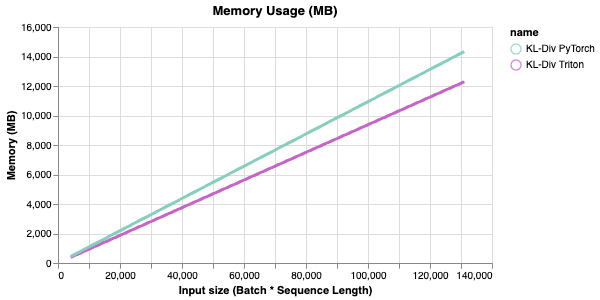
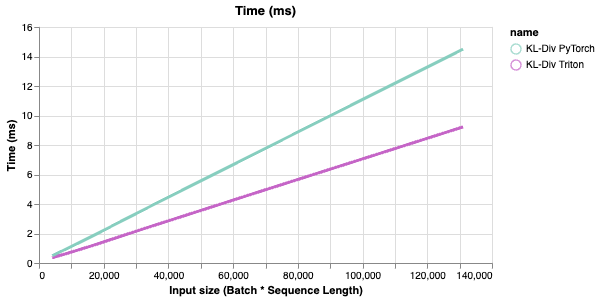
Do I have to write everything?
- TLDR: No
- Many cool projects already using Triton
- Better Integration with PyTorch and even Hugging Face 🤗
- Liger Kernel, Unsloth AI, etc.


So how can I use this in my LLM? 🚀
- Liger Kernel is a great example, providing examples of how to integrate with Hugging Face 🤗 Trainer
- from transformers import AutoModelForCausalLM
+ from liger_kernel.transformers import AutoLigerKernelForCausalLM
model_path = "meta-llama/Meta-Llama-3-8B-Instruct"
- model = AutoModelForCausalLM.from_pretrained(model_path)
+ model = AutoLigerKernelForCausalLM.from_pretrained(model_path)
# training/inference logic...Key Optimization Techniques adapted by Liger Kernel
- Kernel Fusion
- Domain-specific optimizations
- Memory Access Patterns
- Preemptive memory freeing
Aaand some more benchmarks 🚀
- Saving memory is key to run bigger batch size on smaller GPUs
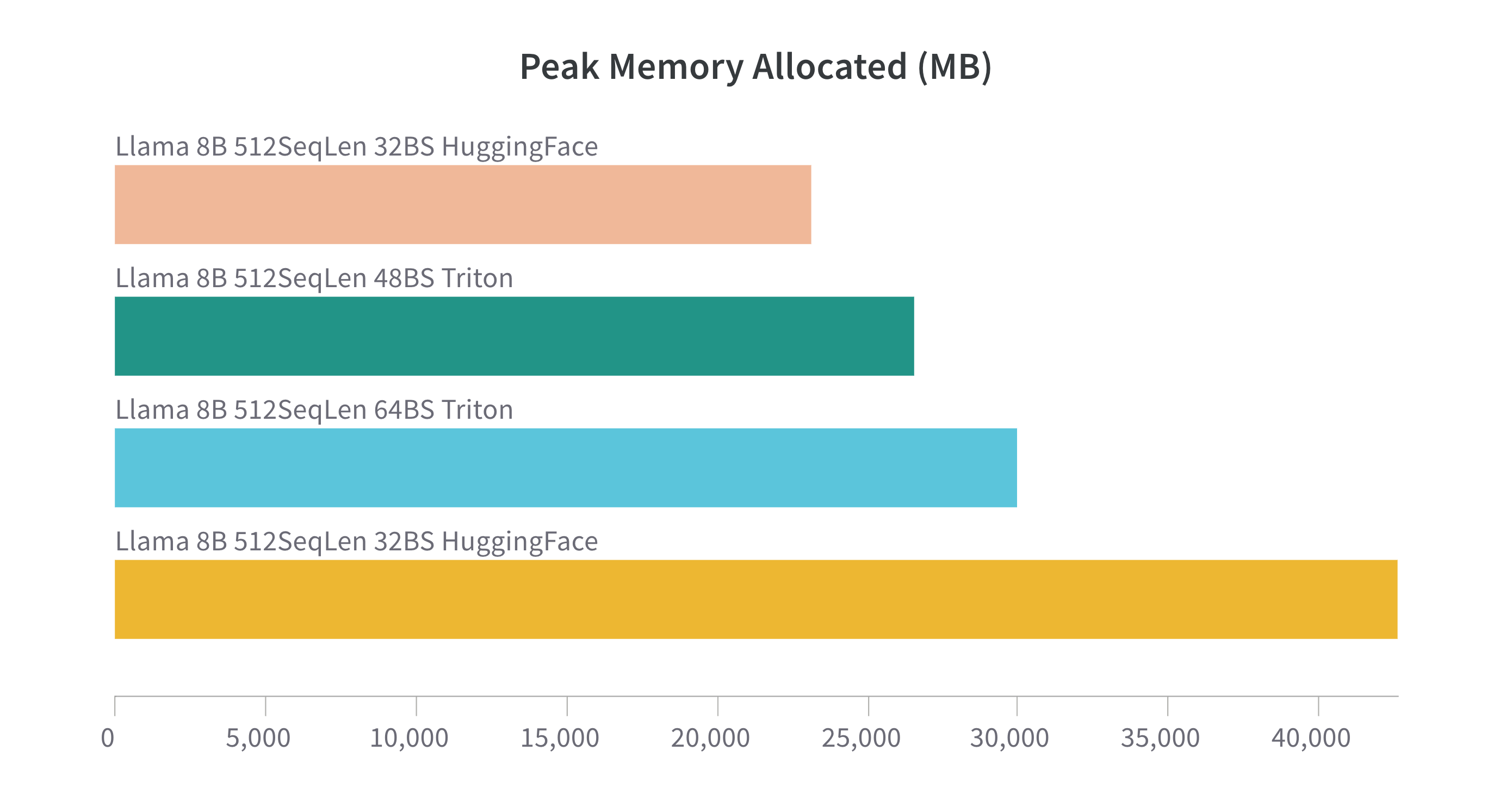
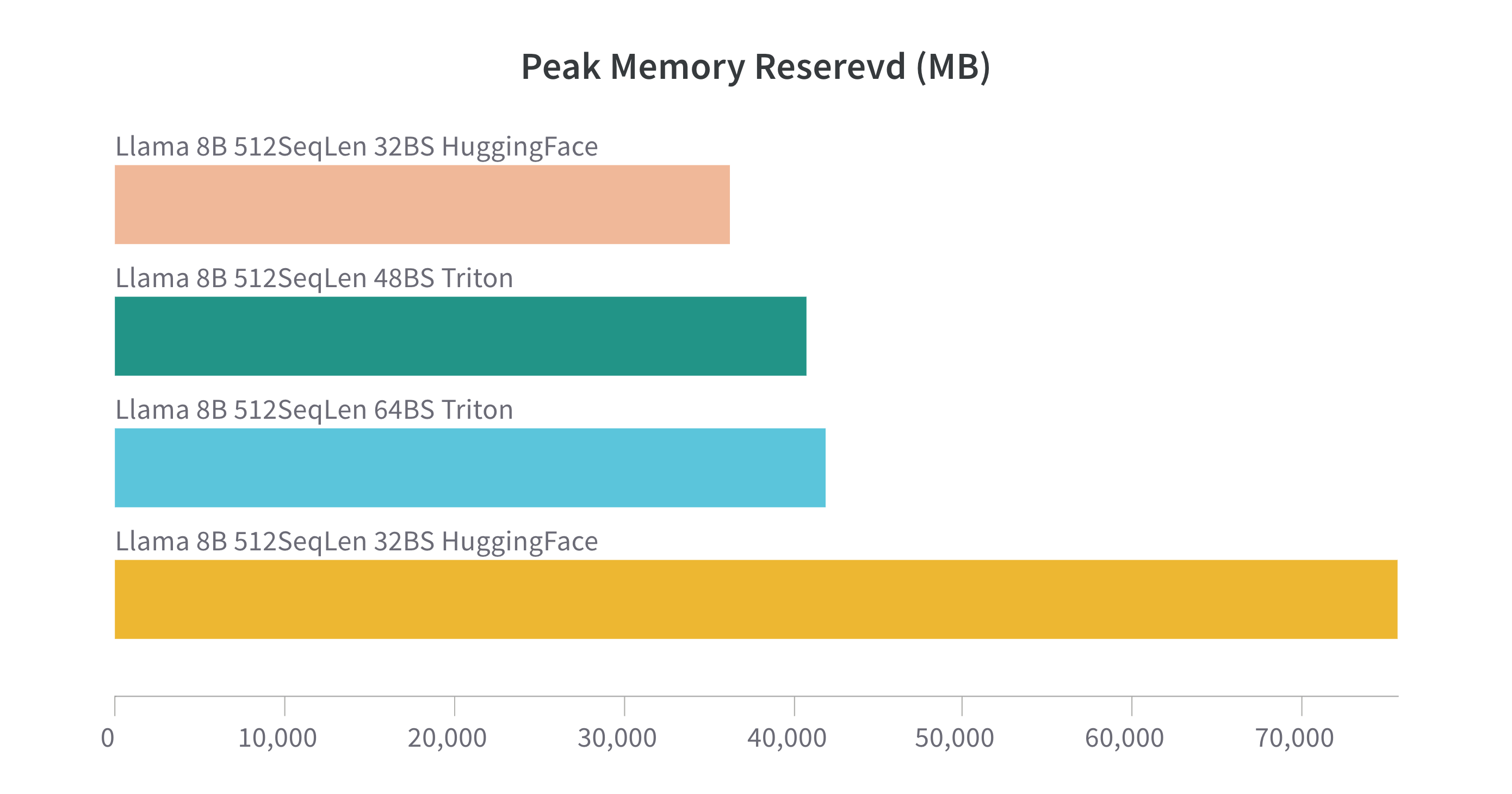
Last benchmark I promise...
- But is it faster? Yes, it is!
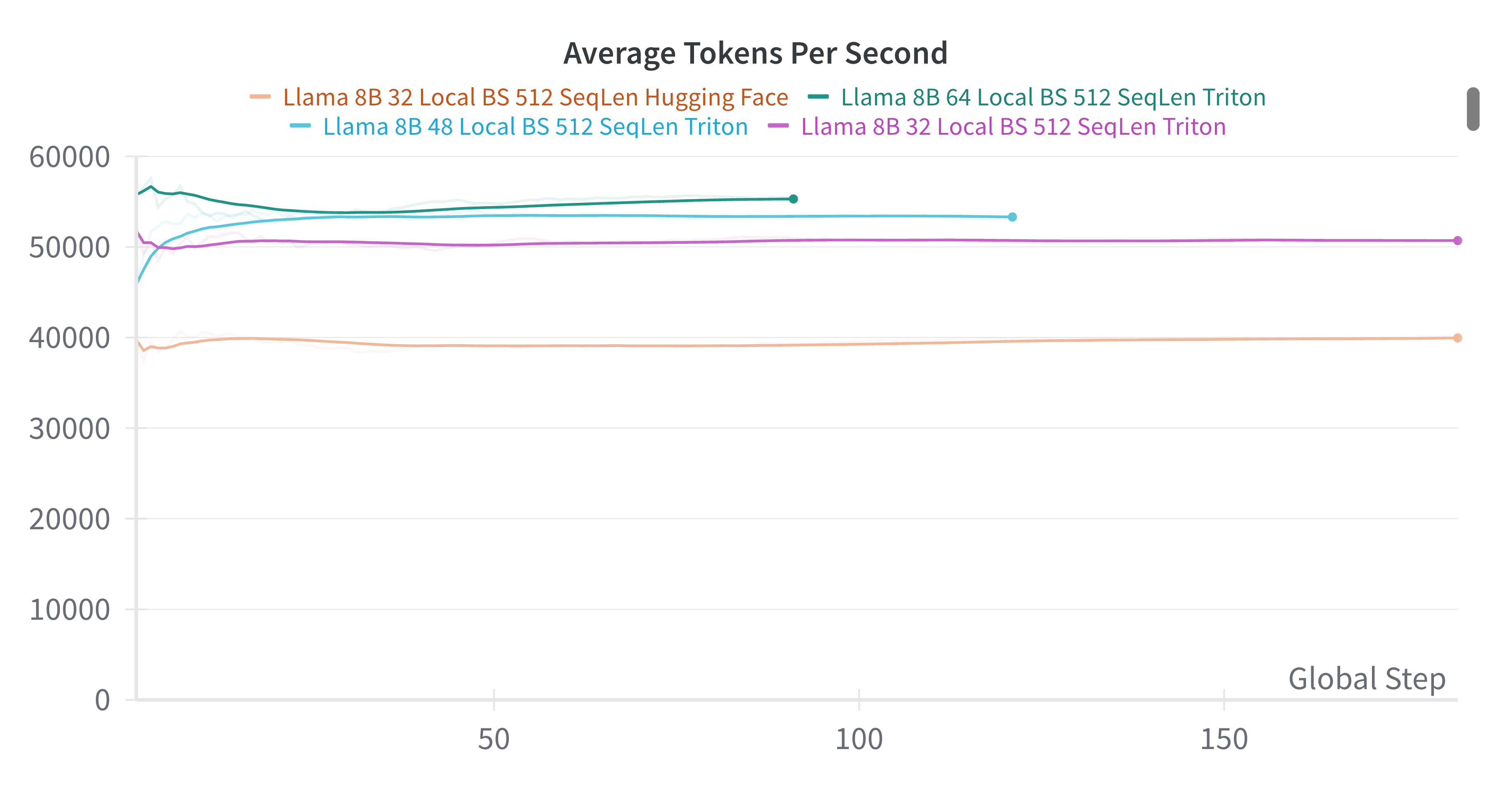
Attention is all you need, so I thank you for yours! 🤗
